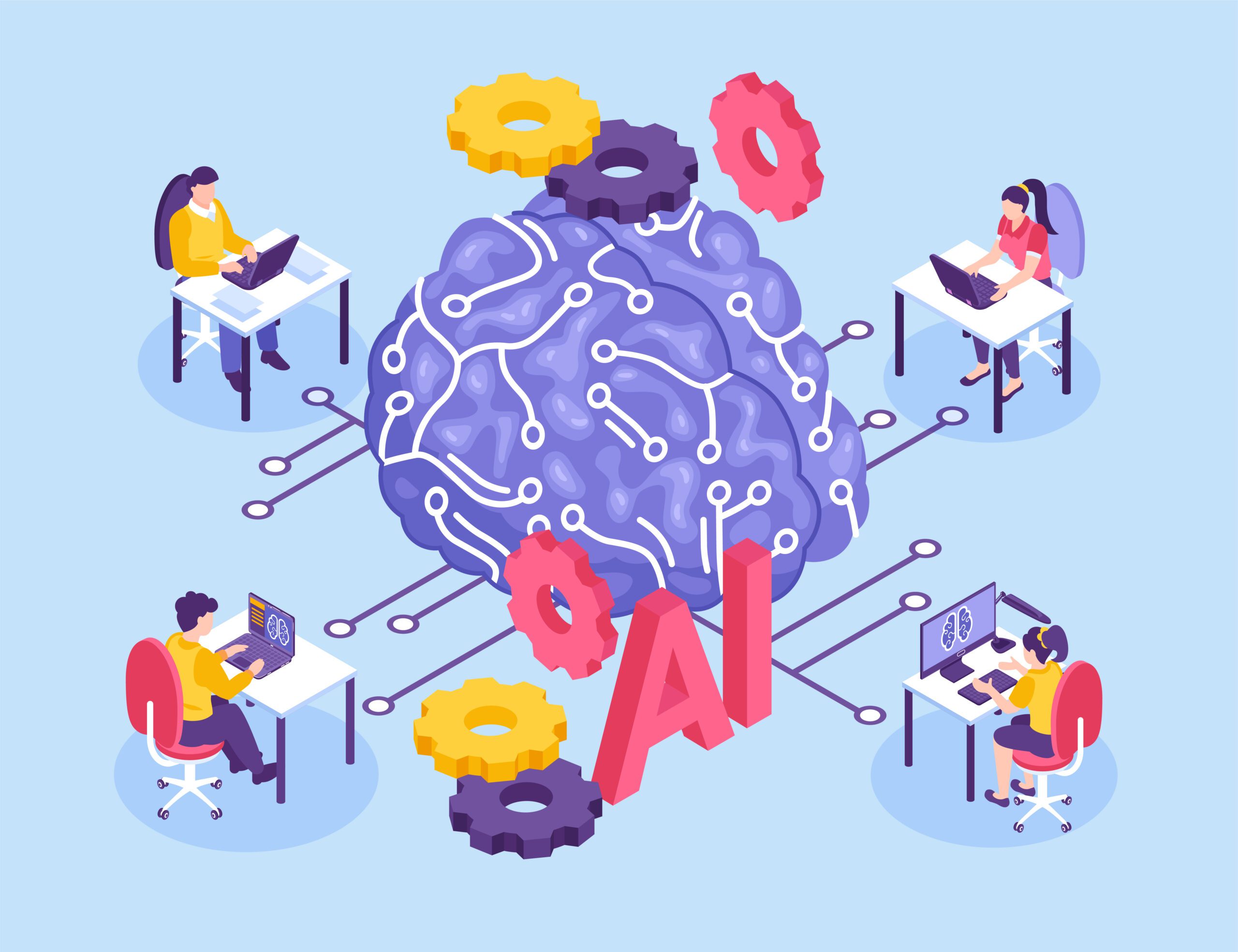The world of computing has witnessed significant milestones driven by innovative minds. Two remarkable contributions, the “Brain” computer virus developed by the Farooq Alvi Brothers and the Neurochip created by Pakistani-Canadian inventor Naweed Syed, have left indelible marks in the realm of computer science and neurobiology.

- “Brain” Computer Virus: In 1986, the Farooq Alvi Brothers, two Pakistani computer programmers, crafted one of the earliest computer viruses, known as the “Brain” virus. This pioneering piece of software malware represented a watershed moment in the history of computing and cybersecurity.
- Virus Characteristics: The “Brain” virus was designed to infect IBM-compatible personal computers (PCs). It spread via infected floppy disks, attaching itself to the boot sector of these disks. Once a user inserted an infected floppy disk into their computer, the virus would embed itself in the system’s boot sector, making it difficult to detect or remove.
- Purpose: While the “Brain” virus did not cause damage to data or hardware, its primary purpose was to deter unauthorized copying of software by displaying a copyright notice. It effectively marked the advent of computer viruses as a new category of digital threats.
- Impact: The creation of the “Brain” virus prompted increased awareness of computer security issues and the need for antivirus software. It served as a catalyst for the development of cybersecurity measures and initiated a long-standing battle between computer virus creators and cybersecurity experts.
- The Neurochip: Naweed Syed, a Pakistani-Canadian inventor and neuroscientist, introduced groundbreaking technology known as the Neurochip. His innovation bridges the realms of neuroscience and computing, offering tremendous potential for understanding and treating neurological conditions.
- Technology: The Neurochip is a specialized microelectrode array designed to interface with living neurons. It facilitates the direct recording and stimulation of individual brain cells or neural networks in real time. This cutting-edge technology merges biological and electronic components, enabling researchers to study neural activity with unprecedented precision.
- Applications: The Neurochip holds immense promise for various fields, including neuroscience research, brain-computer interfaces (BCIs), and the development of treatments for neurological disorders. It enables scientists to explore the intricacies of neural circuits, paving the way for innovations in neuroprosthetics, neurorehabilitation, and the understanding of brain diseases.
- Impact: Naweed Syed’s Neurochip represents a significant advancement in our ability to decode the complexities of the human brain. Its potential applications range from improving our understanding of neural diseases like Alzheimer’s and Parkinson’s to developing innovative brain-controlled devices and therapies.
- Advancing Computing and Neuroscience: Both the “Brain” computer virus and the Neurochip exemplify the transformative power of human ingenuity. The Farooq Alvi Brothers’ virus underscored the importance of computer security and initiated a new era in the fight against digital threats. In contrast, Naweed Syed’s Neurochip opens doors to unlocking the secrets of the brain, offering hope for advancements in neurology and neurotechnology. These innovations demonstrate the profound impact that individuals can have on the fields of computing and neuroscience, pushing the boundaries of knowledge and technology.




